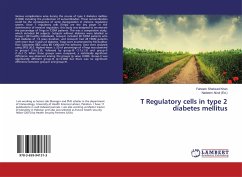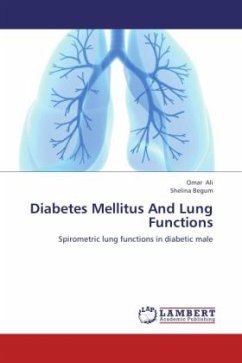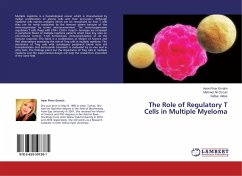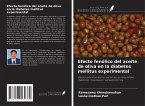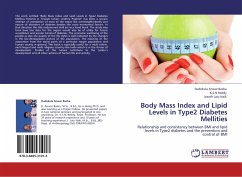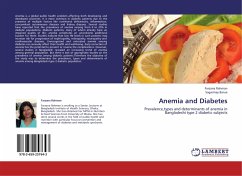Various complications arise during the course of type 2 diabetes mellitus (T2DM) including the production of autoantibodies. These autoantibodies could be the consequence of some dysregulation in immune regulatory system. Since T regulatory cells (Tregs) are the key player in the maintenance of immune regulation, this study was designed to enumerate the percentage of Tregs in T2DM patients. This was a comparative study, which included 84 subjects. Subjects without diabetes were labelled as Group-I (28 healthy individuals), Group-II included 28 T2DM patients who had diabetes of 1-5 years duration, and Group-III had 28 T2DM patients with more than 5 years of diabetes. Tregs were enumerated by FACScalibur flow Cytometer (BD) using BD CellQuest Pro software. Data were analysed using SPSS 20.0. Highest mean ± SD of percentage of nTregs was observed in group-I (5.6±2.8), followed by group-III (1.7±1.5) and group-II (1.4±1.7). When three groups were compared, a statistically significantdifference was observed among the groups (p value 0.000). Group-II was significantly different group-III (p=0.000) but there was no significant difference between group-II and group-III.
Bitte wählen Sie Ihr Anliegen aus.
Rechnungen
Retourenschein anfordern
Bestellstatus
Storno

